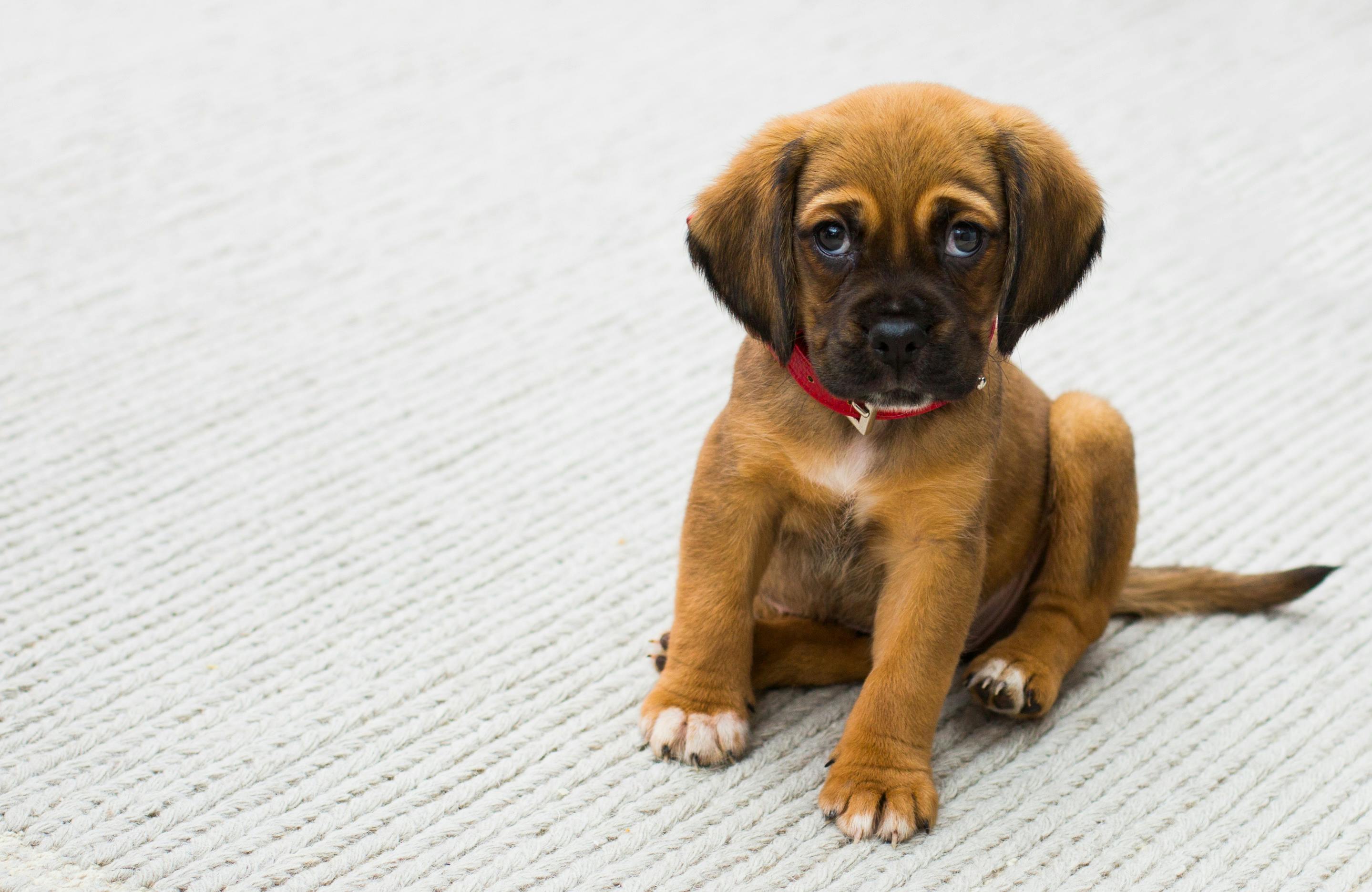Dog anxiety is a common issue that many pet owners face. Whether it’s due to loud noises, separation from their owners, or changes in their environment, anxious dogs can exhibit a range of behaviors that may be concerning. At Ingleside Animal Hospital, we’re here to help you understand and manage your dog’s anxiety effectively. Here’s a comprehensive guide on how to deal with it.

1. Recognize the Signs of Anxiety
Understanding the signs of anxiety in your dog is the first step in addressing the issue. Common signs include:
- Excessive barking or whining
- Destructive behavior (chewing, digging)
- Pacing or restlessness
- Hiding or seeking solitude
- Aggression or fearfulness
- Changes in appetite or sleep patterns
If you notice any of these behaviors, it’s essential to assess the underlying causes.
2. Identify Triggers
To effectively manage your dog’s anxiety, identify the specific triggers. Common triggers may include:
- Loud noises: Thunderstorms, fireworks, or construction sounds.
- Separation: Being left alone or changes in family routines.
- New environments: Moving to a new home or traveling.
- Social interactions: Meeting new people or other animals.
Keep a journal to track when anxiety occurs and what seems to provoke it. This information can help you develop a tailored approach.
3. Create a Safe Space
Provide your dog with a comfortable and safe space where they can retreat during stressful situations. This could be a cozy bed, a crate, or a designated room. Make it inviting with their favorite toys, blankets, and some calming music or white noise to drown out external sounds.
4. Establish a Routine
Dogs thrive on routine. Establishing a consistent daily schedule for feeding, walks, playtime, and grooming can help create a sense of security for your dog. Predictability can reduce anxiety and help your dog feel more at ease.
5. Desensitization and Counter-Conditioning
For specific triggers, desensitization and counter-conditioning techniques can be effective:
-
Desensitization: Gradually expose your dog to the anxiety-inducing stimulus at a low level, increasing exposure slowly over time. For example, play recordings of thunder at a low volume while providing treats and praise.
-
Counter-Conditioning: Associate the trigger with something positive. For instance, when your dog hears a loud noise, give them a favorite treat or engage them in play.
6. Exercise and Mental Stimulation
Regular physical activity and mental stimulation can significantly reduce anxiety. Engage your dog in daily walks, play sessions, and interactive toys to keep them mentally and physically active. A tired dog is often a calmer dog.
7. Consider Calming Products
Various calming products may help alleviate anxiety, including:
- Pheromone diffusers or sprays: These mimic calming scents that can soothe dogs.
- Anxiety wraps: These snug-fitting garments provide gentle pressure that can have a calming effect.
- Calming supplements: Consult your veterinarian about natural supplements or medications that may help.
8. Consult a Professional
If your dog’s anxiety is severe or does not improve with home strategies, consult a veterinarian or a certified dog trainer/behaviorist. They can provide additional support, including behavioral therapy or medication if necessary.
If you have questions and you'd like to reach out to us, you can call us directly at (602) 833-7511, or you can email us at [email protected]. Don't forget to follow us on social media Facebook, Instagram.
